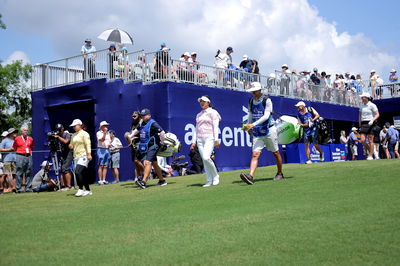Golf Swing Mechanics - learn the basics during lockdown
Learn the basics of the golf swing while staying at home during the coronavirus lockdown...

Your golf swing can either make or break your game, and getting it correct takes a bit of work, writes Dan Smith, founder of Birdies Crazy Golf.
Given we've all got a bit of time at home right now due to the unfortuate coronavirus pandemic situation, there's probably been no better time to take a look or at least revise some of the basics when it comes to our golf swings.
The golf swing is not nearly as simple as just raising your club towards the sky and bringing it down with enough force to send the golf ball flying, but instead requires a certain amount of technique to get it perfect.
From the second you approach the ball, all the way through to the moment it’s in the air, there are a series of specific movements you need to master individually, and then perform in a specific order to get the smooth, continuous flow needed to really get the ball flying.
To help you understand and perfect these movements, we’ve broken them down step-by-step so you can practice each one before combining them all into one killer golf swing that will soon have you ruling the green!
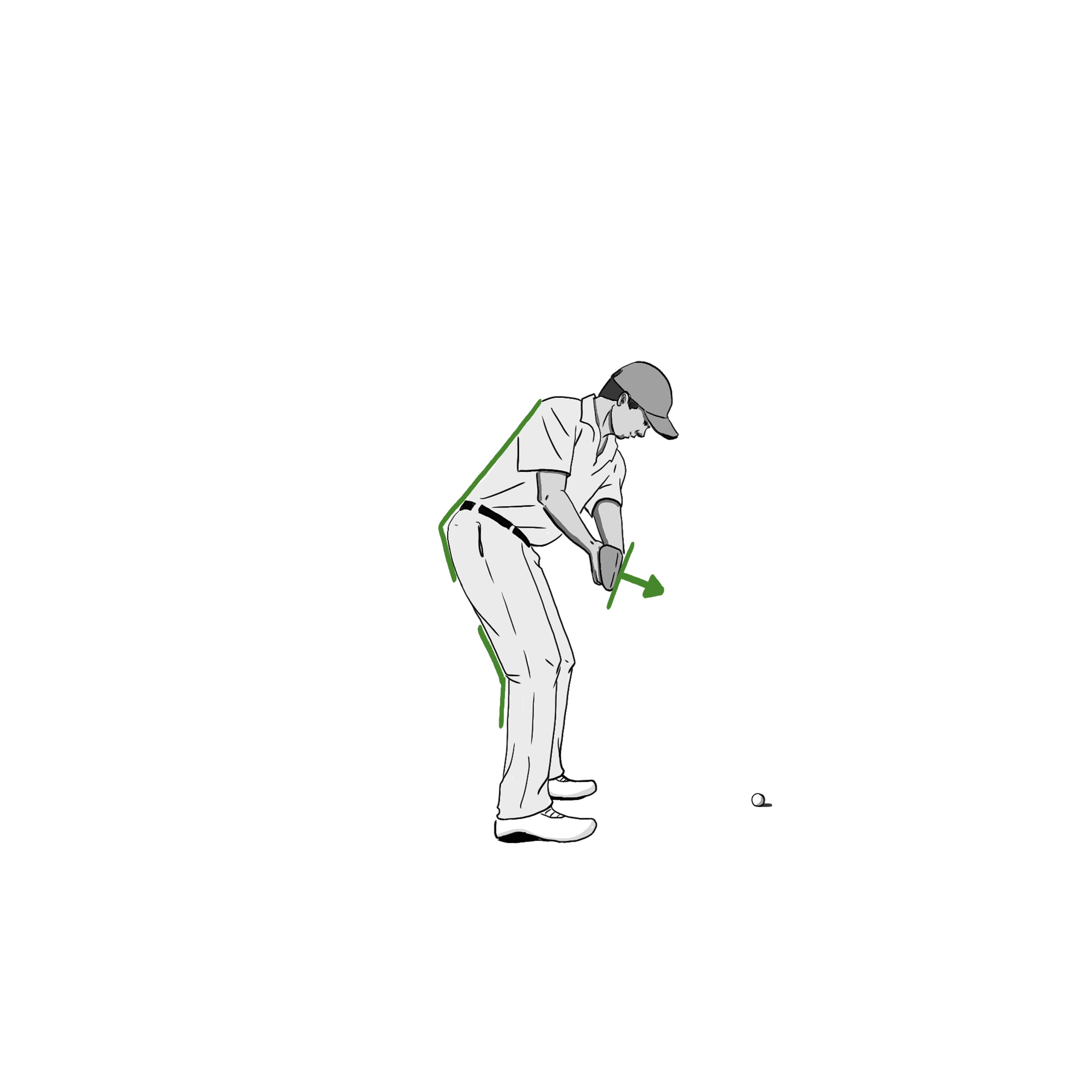
The Takeaway
Every single golf swing needs to start with a good takeaway. This is the very first part of your swing, and getting your takeaway wrong will set you up for failure throughout every other movement, so it’s imperative that you’re getting it right every time.
So just what is the secret to a perfect takeaway? Well, the answer is to actually not do very much at all. Overthinking your takeaway, applying too much grip pressure and using too much hand movement will result in a slice, and send the ball curving to the left or the right.
To get the perfect takeaway, simply turn your shoulders away from your target, keep your hands steady with a comfortable grip, and make sure your lower body is stable. It’s really that simple.
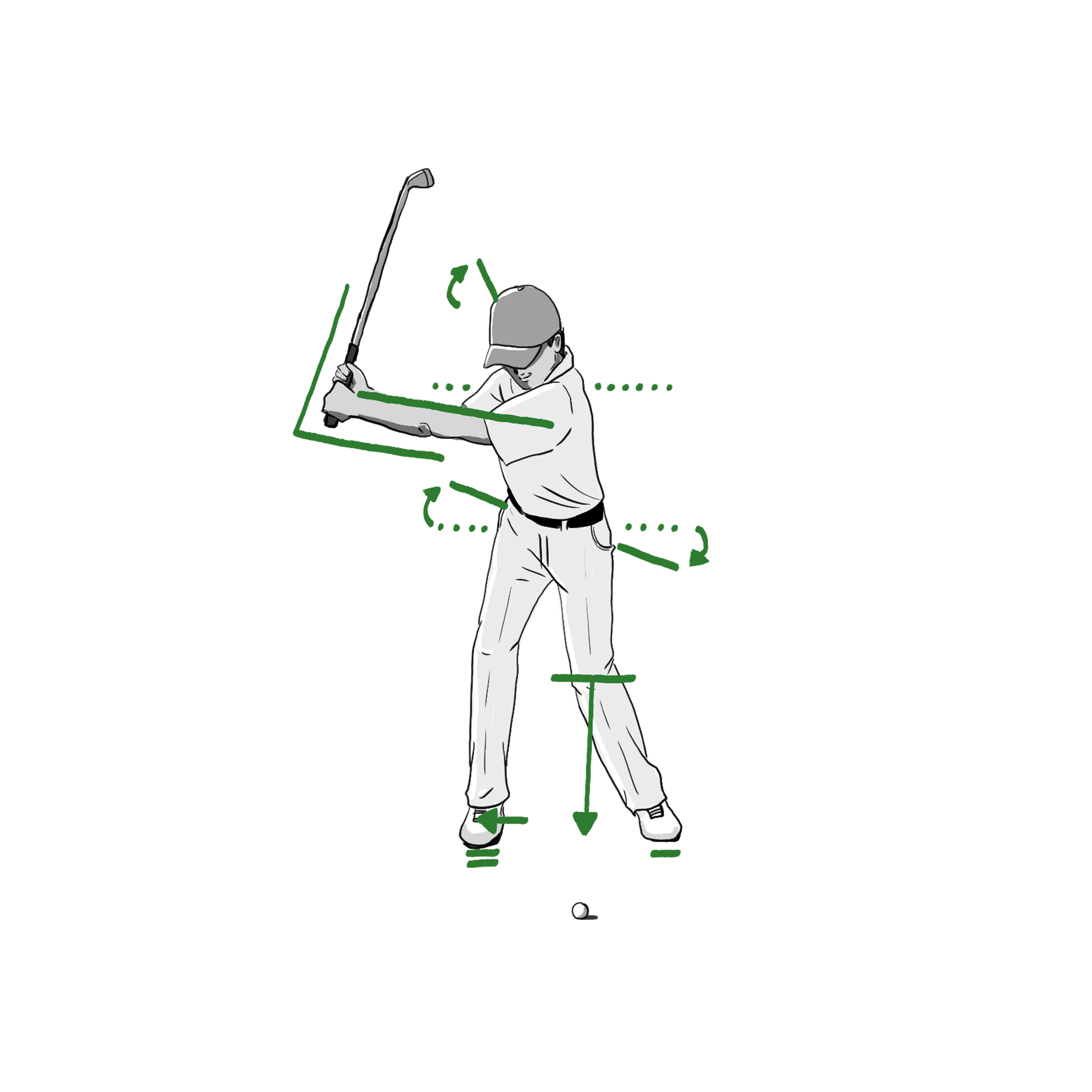
The Backswing
Directly following your takeaway, the next movement you’ll be carrying out is the backswing. This is the part of your golf swing that raises the club into the top position, where it will stay momentarily before coming down and making impact with the ball.
A good backswing is all about balance, specifically in the lower body. As you bring the club up with the shoulder turn you’ve adopted during your takeaway, make sure that your feet and legs are stable and firmly planted on the ground, and that your weight is evenly spread across the tops of your legs.
Try to resist any temptation to turn your lower body too far as you raise the club as this will create an uneven weight balance and could move your club’s focus away from the target, causing it to impact with less power. To prevent this from happening use your hips to rotate your upper body, as this will allow your legs to stay firmly in their correct position.
The Transition
You’ve mastered your takeaway and your backswing, so the next movement you need to nail is the transition. This is the moment where the golf club changes directions, and comes back down towards the ball for impact.
In order to get a quality shot, it’s essential that your swing has a clean transition, but this is where a lot of golfers go wrong. A common mistake is to lead with your hands instead of your lower body, which results in weak and misplaced contact when the clubhead meets the ball.
To make sure that you’re getting it right, and to hit the ball with force, your focus needs to be on your lower body, and you need to start rotating towards the target at the top of your swing. Again, use your hips to achieve this and allow your legs to stay firmly planted.
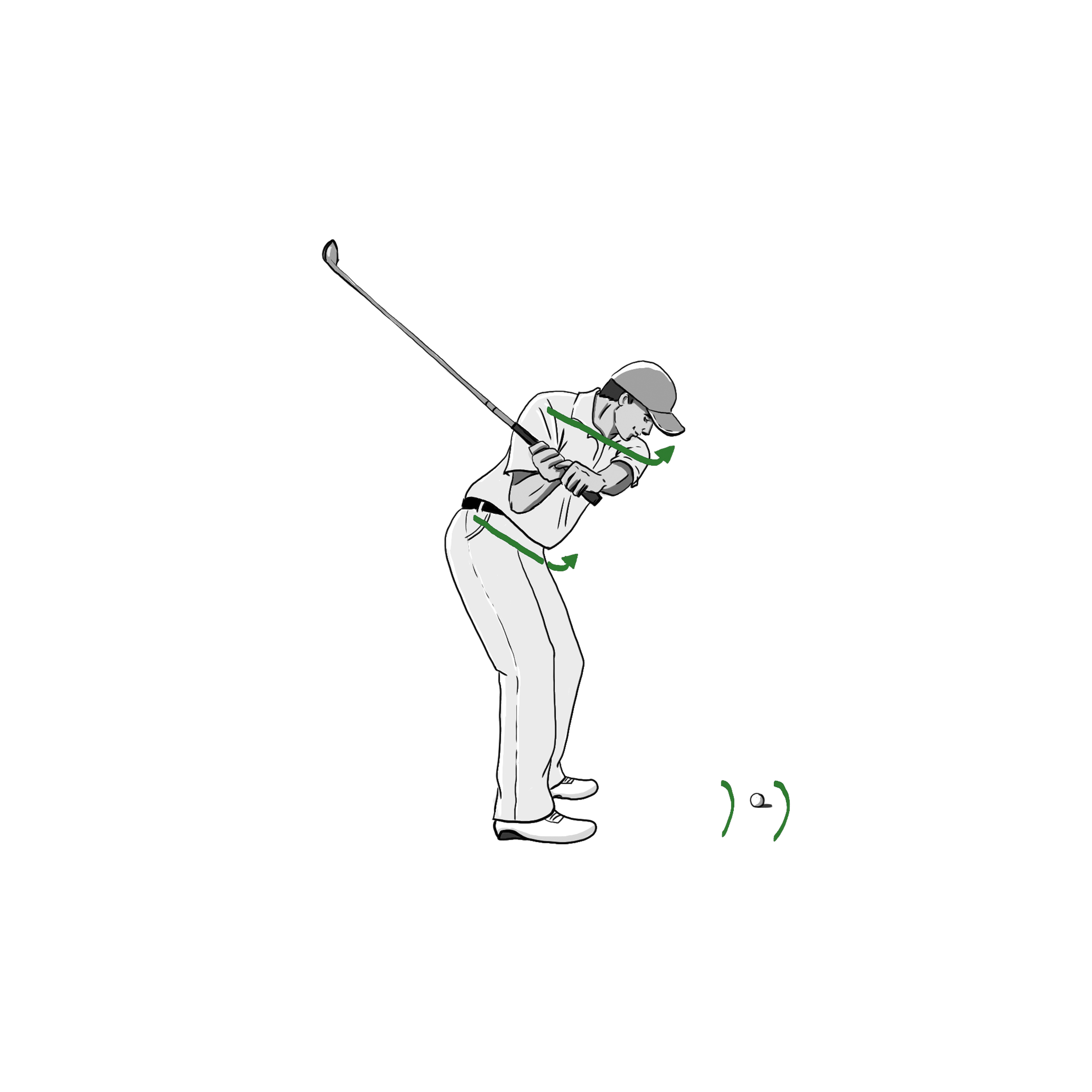
The Downswing and Impact
This is the moment you’ve been working towards, where all of your practice setting up your swing correctly pays off and you get to send the golf ball soaring through the air towards your target.
However, the downswing and impact also need to be carried out correctly, otherwise all of your hard work up until this point will have been for nothing.
Make sure you relax your grip on the club slightly as you start to bring it back down towards the ball, as this will allow it to flow back down through the air with greater ease, lift the ball from the ground or tee, and prevent any stunted force upon impact.
You also need to practice getting your hands past the ball before the club makes impact as, although it’s only for a split second of time, this will have an impression on how far the ball goes. Relaxing your grip on the club as you perform your downswing will also help you achieve this.
As you perform your downswing, your body position will also need to change, and as you bring your arms back down your hips will need to shift to the other side of your body, and the majority of your weight will need to have shifted to your left leg.
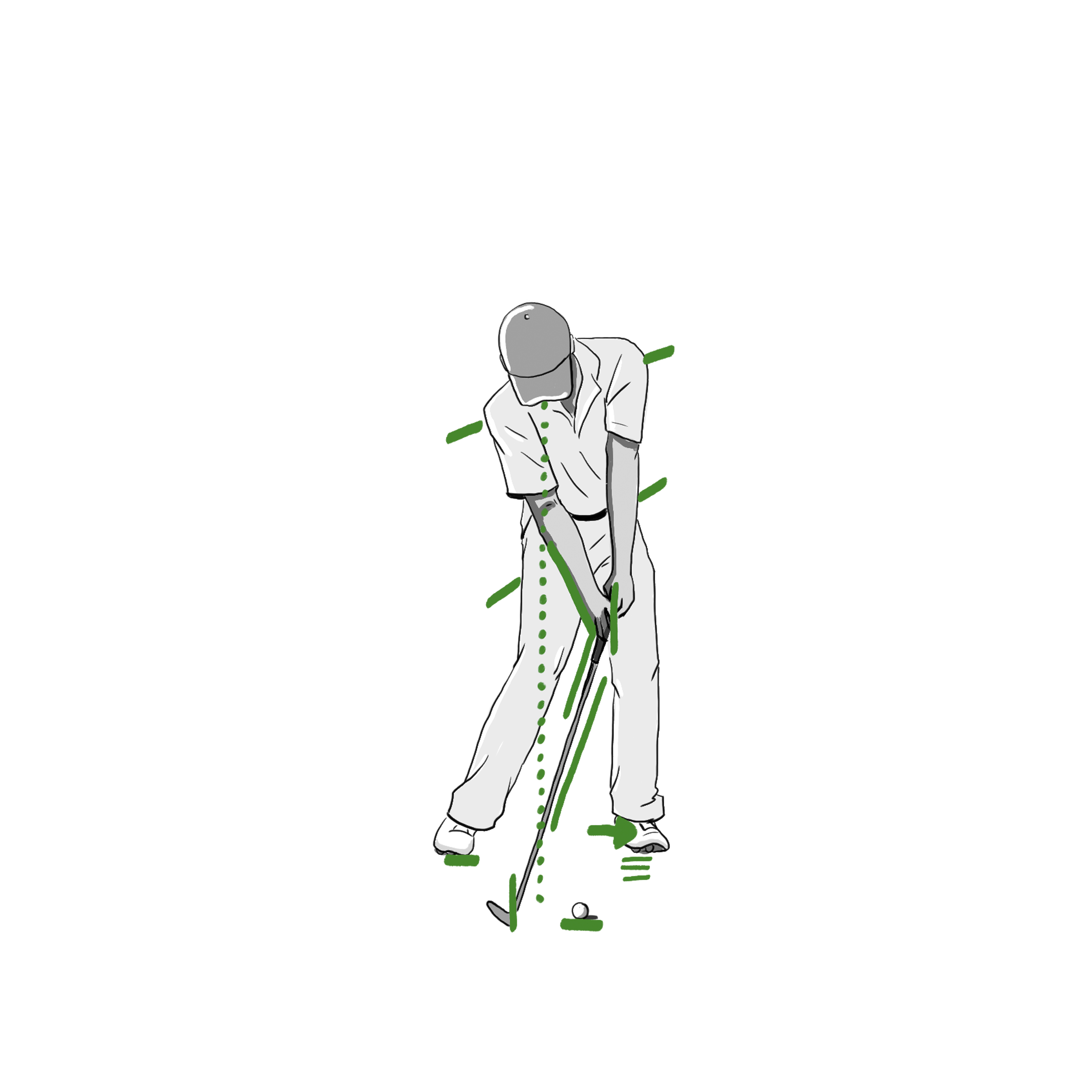
The Follow Through
It’s easy to think that as soon as you’ve made impact with the ball, the job is done. However, the follow through after impact is another really important part of your swing to get right.
And, you guessed it, it’s all about balance! As you come to the end of your swing, you need to make sure that you are balanced with the majority of your weight having been transferred to your left leg.
If you are unbalanced at the point of follow through, then it’s safe to say that something has gone wrong at another point of your swing, so you’ll need to reassess each movement again and make sure that you’re getting them right every time.
Conclusion
You’ll be surprised at how perfecting these moves and then stitching them together into one seamless swing will help with your game. They’ll also become second nature and you’ll soon be stepping up to the ball and swinging like a pro without even thinking about it.
Remember that practice makes perfect, and by getting each individual step of your golf swing correct each time you’ll be setting yourself up for a killer golf swing that will be the talk of the course.
For a more in-depth guide to improving your swing take a look at this Ultimate Guide to Perfecting your Golf Swing from our friends at Birdies Crazy Golf.







